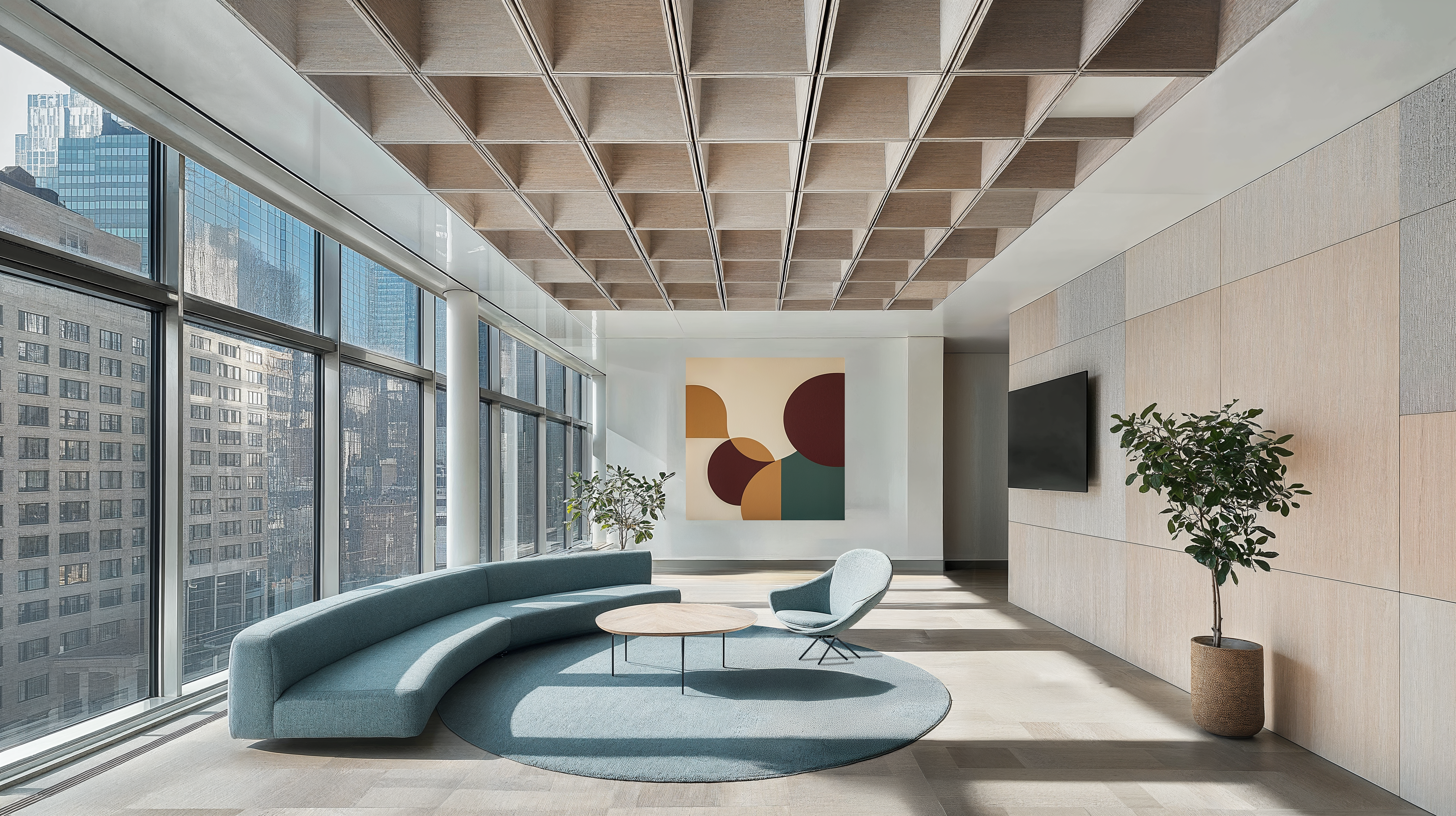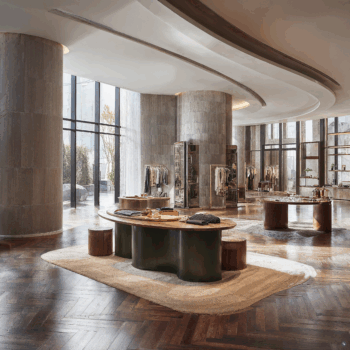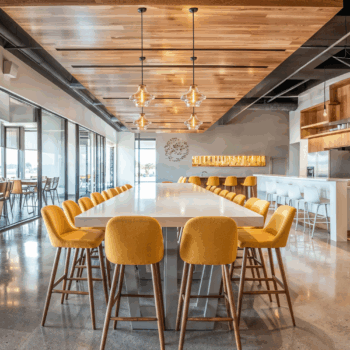
As workplaces evolve to prioritize collaboration and flexibility, acoustics have become a key factor in creating functional and comfortable environments. With the rise of open-plan offices, innovative sound management solutions are essential to maintaining productivity and well-being. Today’s office designs integrate cutting-edge acoustic innovations, balancing aesthetics with performance to cultivate harmonious workspaces.
One of the most effective solutions is architectural acoustic treatments, including sound-absorbing ceiling panels, wall baffles, and modular partitions. These elements help control reverberation and reduce noise transfer between work areas. Materials such as perforated wood, acoustic felt, and textured panels not only enhance sound quality but also contribute to the overall visual appeal of the space.
Modern offices are adopting flexible sound zoning, allowing for adaptable layouts with varying acoustic environments. Quiet zones with enclosed pods provide concentration-friendly spaces, while collaborative areas incorporate strategic sound masking to maintain speech privacy. This approach ensures employees can transition seamlessly between tasks without disruptive background noise.
Biophilic acoustics offer a dual benefit—noise reduction and a calming ambiance. Moss walls, felt panels made from recycled materials, and water feature installations absorb sound while also fostering a sense of tranquility in high-traffic areas.
Advancements in smart acoustic technology further refine office soundscapes. Adaptive sound-masking systems dynamically adjust background noise levels based on real-time activity, ensuring an optimal balance between speech privacy and a comfortable working atmosphere. Additionally, AI-powered acoustic monitoring helps facility managers optimize layouts and sound control strategies for peak efficiency.
Ultimately, acoustic innovations are reshaping modern workplaces, merging technology, design, and sustainability to support focused work and seamless collaboration. By prioritizing sound-conscious design, today’s offices enhance both employee well-being and overall productivity, proving that a thoughtfully curated auditory experience is just as essential as aesthetics and function.
Learn more about the impact of sound with our article on Innovations in Architectural Sound Design.







